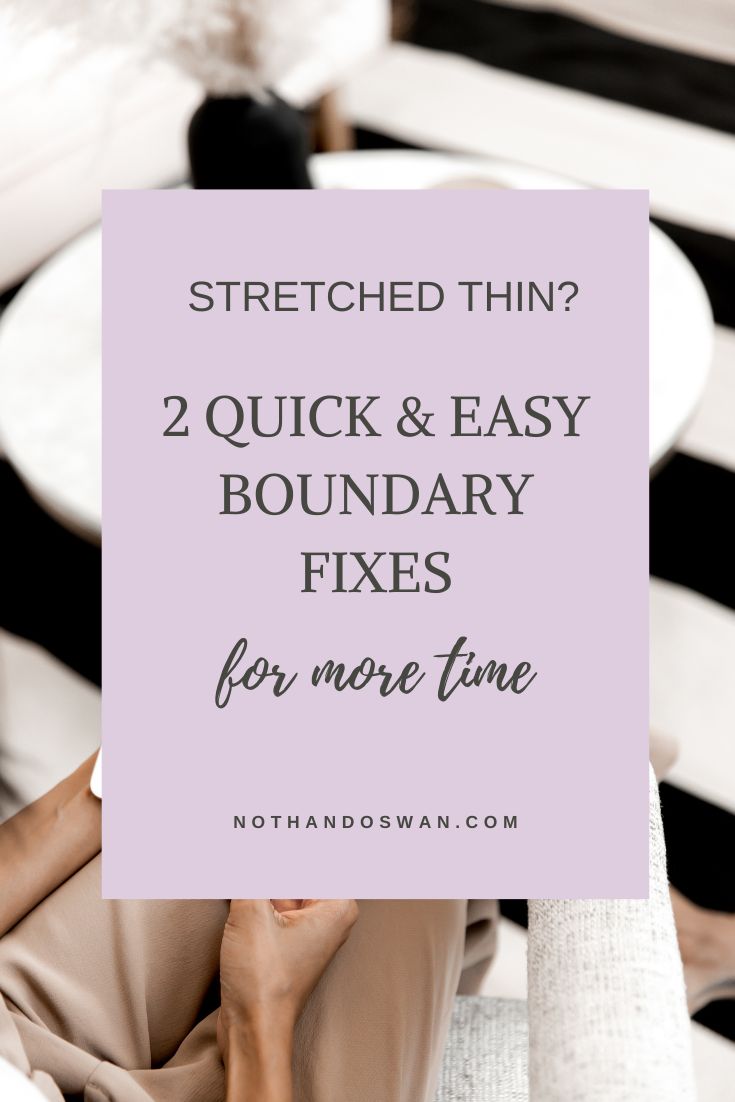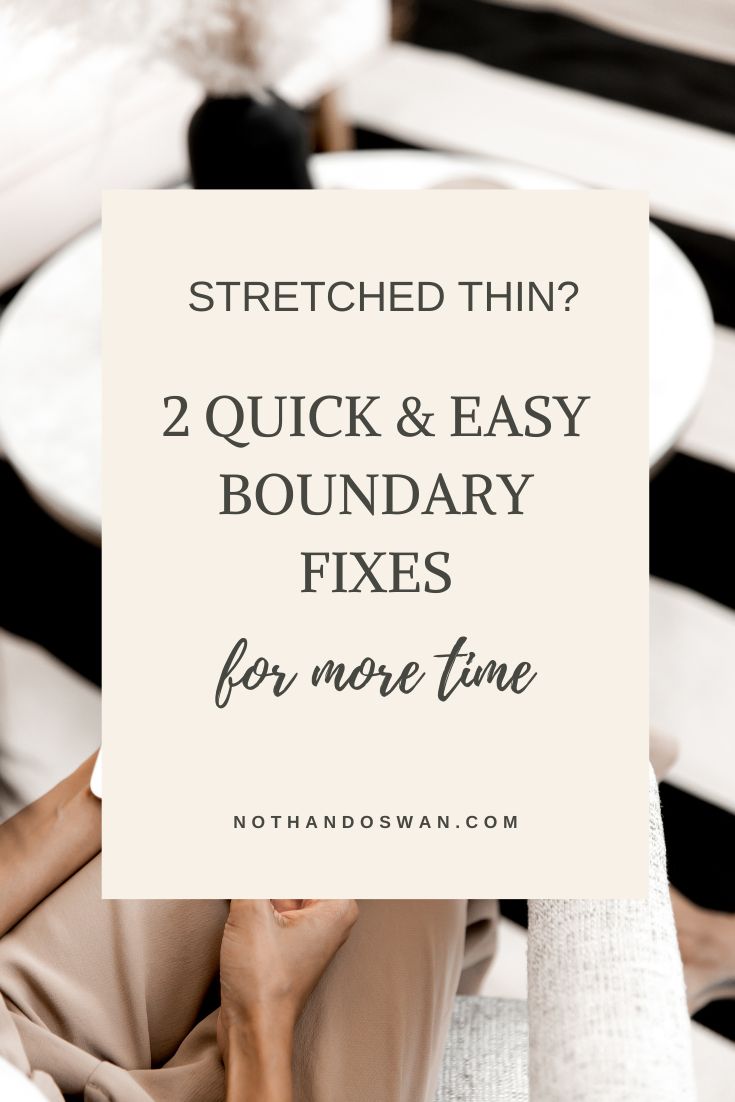
“Sorry for so many messages end of day Friday!”
A patient of mine who is unstably housed needed help.
He’s the kind of patient who doesn’t interact with the health system unless he really needs to. He lives in a shelter, and getting a message through to me is harder for him than for my patients with phones and the Internet.
So, of course I logged onto the EMR during my off hours. Of course I didn’t mind the flurry of messages the case worker sent me, and of course I sent the scripts.
Some of my clients misunderstand me when I say to state and reinforce their boundaries. They think I’m asking them to be callous. Better than others. Too busy to help.
It’s never that.
I’m asking them to be clear on what their boundaries are so that they can CHOOSE when to be flexible with them versus when to reinforce them.
In this blog post, we’ll go over the two most common hiccups my clients have in setting boundaries and exactly how to stop hiccupping (no startling or holding your breath; those aren’t evidence-based).
Boundary mistake # 1: confusing rigid and flexible boundaries
Not all boundaries must be rigid. This is a common misconception that prevents people from even acknowledging their boundaries. If you think that all of your boundaries are final, it becomes daunting to state them. Instead, there are some things we can be flexible with.
For example, you might limit your work week to Monday through Friday. Your boundary is that you don’t work on the weekends. However, you may choose to be flexible with this, say, once a month, if you’re willing and able to take on a weekend shift for a colleague. This would be a flexible boundary. You don’t work on weekends unless it’s to cover a colleague, and even so, this is an occasional occurrence. (For more examples of professional boundaries, download the Complete Guide to Boundaries for Physicians here).
On the flip side, there are some boundaries that must be rigid. For example, I don’t respond to or tolerate racist behaviour in the workplace or elsewhere. It’s very rare that I encounter this at work, but when I do, that therapeutic relationship is immediately terminated. Every time. It’s a rigid boundary for me.
This distinction between flexible and rigid boundaries is important because it allows us to create boundaries, and yet also rest knowing that we can accommodate when appropriate. The caveat here is that we must be clear about which of our boundaries fall into which category.
And we don’t determine this reactively on the spot. It requires reflective inquiry, in advance, so that we show up confidently at home and at work, boundaries in tow. Otherwise, we treat our rigid boundaries too loosely – creating resentment, burnout, etc — or we hold our flexible boundaries too tightly and never accommodate. (I coach physicians through the process of boundary formation, and would be happy to do this with you on a consult.)
Boundary mistake #2: retracting rather than reinforcing boundaries
The second area that my clients master through coaching is the ability to reinforce rather than retract their boundaries. Just because you receive pushback with regards to a boundary, doesn’t mean you were “too harsh” or “not understanding.” Pushback is not an indication that your boundary must change. And yet it can be painful sticking to your boundaries in a clinical setting (or even at home).
However, you are not responsible for your patients’ feelings. Hear me out.
What you are responsible for is providing excellent care, following up on investigations, and clearly communicating results. You’re responsible for answering questions and completing the aspects of their care that fall under your scope of practice. You are not responsible for how they react to bad news or wait times or your institution’s policies. They get to feel however they feel, and you can’t control that. No matter how much we respect and value others’ feelings, we don’t create them.
The moment we miss this, we can put the people we’re meant to serve at risk. We avoid telling the truth because we don’t want to hurt their feelings, or we let something slide because, in the moment, it feels like the smaller battle.
Patients don’t need us to manage their feelings. They need us to manage their health concerns. And to do so safely and sustainably, we must be clear on our limits. (If this makes sense logically, but feels difficult in practice, get coached through your specific circumstances).
Summary
When you create boundaries that work for you, you maintain your ability to show up for patients AND for yourself.
Your boundaries don’t have to be rigid, but they do need to be clear. And once you’re clear on them, you can chose to be flexible PRN.
That Friday, I actively chose to make an exception to the boundaries I have around my working hours.
It was a conscious decision I made because I care deeply about my patients, and I know that accessing care can be especially difficult for people without homes.
Your healthy (and sometimes flexible) boundaries ADD to your professionalism and your life outside work. They don’t take away from them.
And choosing when to be flexible with them versus when to reinforce them prevents us from overworking without realizing it.
This is how you show up day after day making an impact both in your life and in the lives of others. It’s how you show up for your family and for your patients in a sustainable way.
If you’re ready to stop being lenient with the things that you’d like to be firm with (ex. what time you stop working), a consult will help you do just that. In 60 minutes, we’ll not only identify the biggest personal and professional boundaries you’re struggling with, but we’ll also determine why you’re struggling with them. With this clear, your next steps become obvious and manageable, and I will personally walk you through them. Having this 1:1 support is the difference between understanding that your boundaries are important and actually upholding them.
I’d love to walk you through this on a consult. Book one here.
You can also download the Complete Guide to Boundaries for Physicians here.
Was this post helpful? If so, please Pin it or share on your favourite social media platform.


